Guide to a national parks road trip with a disability amid COVID-19
Signing up for credit cards through partner links earns us a commission. Terms apply to the offers listed on this page. Here’s our full advertising policy: How we make money.
As travel restrictions around COVID-19 start to lift, people who have been on lockdown for months may be itching to get out in the beautiful summer weather and travel. However, with international travel banned for US citizens, those who want to travel may look to do so within the country’s borders.
Travel is less expensive than usual these days. Compared to a year ago, average regular gas prices as of July 2020 were $0.54 less per gallon. Airlines are also slashing flight prices and dropping fees to fill seats, which may make it a good time to use cash instead of miles and points to cover your travel. Our points valuation post will help you decide when it’s better to use cash instead of rewards.
If you want to travel while still socially distancing, a trip to a national park is a nice option. National parks immerse you in nature and expose you to new parts of the country. They provide a relaxing respite during stressful times. You can hop in your car, journey the country on a road trip, and relax in gorgeous new environments.
For people who have a physical disability that requires the use of a wheelchair, a road trip may require some extra planning. This guide aims to help people with physical disabilities and their family members plan a great road trip to a national park.
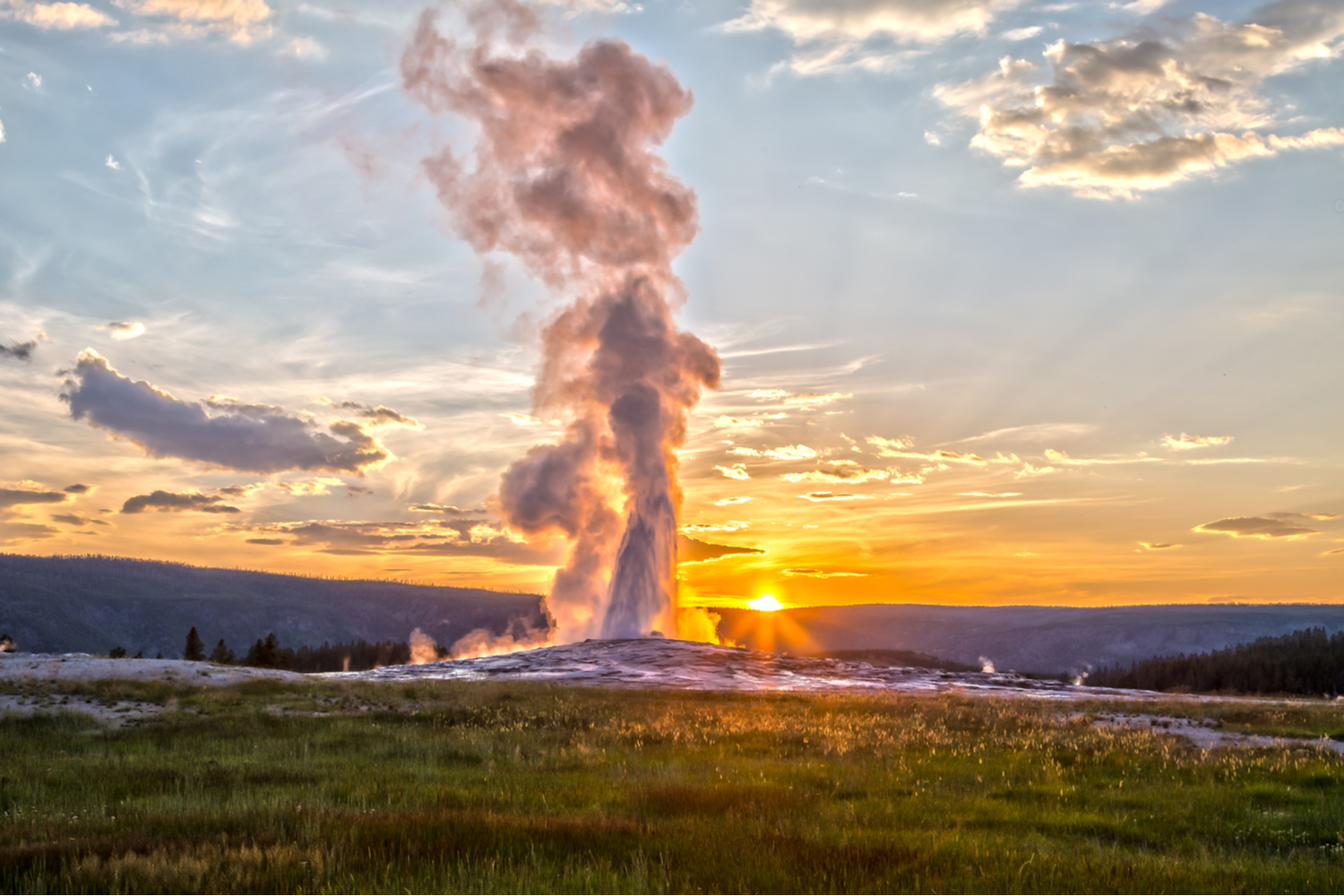
Table of contents
- How to plan a wheelchair-accessible road trip to a national park
- COVID considerations
- How to use your credit card to maximize your trip benefits
- Wheelchair-accessible parks and campgrounds
- Start planning your national parks trip
How to plan a wheelchair-accessible road trip to a national park
Start your planning early
If you’re a traveler, you’re seasoned to plan for uncertainties, anticipate sudden changes, even accept disappointment if your arrangements fall through. Arm yourself with familiarity of each park you want to visit — its geography and its accessibility. Check park websites often to stay in the know about changes to protocol surrounding COVID-19.
Every national park will have its own reopening guidelines, which may place restrictions on the number of visitors and hours the park is open and which trails are available to check out. Certain areas of the park may be closed or have limited capacity, so you’ll want to choose a park that has plenty of wheelchair-accessible trails and activities in case some are closed. If you’re going to camp out, make sure the campgrounds are also wheelchair accessible.
Most parks will have at least one wheelchair-accessible trail, but it might not always be completely level. Some parks feature boardwalks that are more easily accessible. It can help to contact the national park ranger ahead of time to talk with them about your needs and how the park can accommodate them. If you’re considering multiple parks, you can compare your options this way. Some parks host special programs that are wheelchair accessible, too, like the Interpretive Ranger Programs at the Grand Canyon.
Also, since there are always uncertainties surrounding the novel coronavirus, you will want to have backup plans in case the park or the trails you were planning on using suddenly close before you arrive. Ensure there’s accessible lodging nearby, or that there’s another destination you can head to if you’re turned away.
Select your lodging
Make sure your lodging is convenient to your national park experience. Select wheelchair-accessible lodging that also has accessible parking. Some lodging will offer free transportation from where you’re staying to the national park, as well.
At the hotel or lodge, you’ll want to make sure your room is wheelchair accessible with a roll-in shower. Call each park and ask if there’s any nearby lodging that’s accessible that they recommend.
Select the right vehicle
Having a reliable and comfortable vehicle for your road trip is another important consideration for someone with a physical disability. You might consider a roomy RV, which can also double as lodging if you choose. According to KIMT 3 News, RV sales from April through June 2020 are up 650%, and rentals are up 1,000%. If you’re going the RV route, look for one with a power-operated wheelchair lift, lowered cabinets and appliances, and enlarged bathrooms with roll-in showers and grab bars for easy access.
Before you hit the road, check for road closures, so you avoid traffic, stops, and detours.
Obtain an annual pass
U.S. citizens and permanent residents with a permanent disability, including children, may qualify for the free National Parks and Federal Recreational Lands Annual Pass (plus a $10 handling fee). As of July 2020, it was taking up to five weeks for these passes to process, so you’ll want to apply for yours as soon as possible to get it before your trip. Alternatively, you may also be able to obtain your free pass in-person at the park. Call ahead to confirm.
Pack the necessities
Don’t forget the following items to make your national park trip comfortable and fun, and to avoid any hectic situations:
- Admission passes
- Refillable water bottle
- Raincoat
- First aid kit
- National park maps
- Natural insect repellent
- Sunscreen
- Extra clothing layers
- Healthy on-the-go snacks
- Lip protection
- Flashlight or headlamp
Also, be sure to pack extra medicine and anything else you’ll need to make your trip go seamlessly. The last thing you want is to be far from home and require a prescription to be filled.
If you plan to go hiking, you’ll want the right wheelchair gear. There are specially made wheelchairs with mountain bike tires and special levers for hiking. There are also one-wheel rides that are like a rickshaw/wheelbarrow combination that are pushed and pulled by others from the front and behind. Cyber-Sierra has a nice collection of outdoor all-terrain wheelchair gear to research for your unique needs.
COVID considerations
With recent COVID outbreaks in various parts of the country, and some states heading back into restrictions and closures, it’s important to note that travel is still discouraged during the coronavirus pandemic because of the risks of community spread. If you decide a trip to a national park is worth pursuing, research the park you’re going to and find out when the least amount of people tend to frequent it, so you lower your chances of exposure.
Parks tend to get more visitors as the weather warms up in spring and summer. Most parks also experience heavier traffic on weekends. You’ll likely avoid crowds more by heading out earlier or later on a weekday. You may avoid bigger crowds by going to a national park when the weather outlook close by isn’t as good, too.
There are also portions of parks that experience more traffic than other areas. Talk to the park ranger to help you plan your trip beforehand.
According to the National Park Service (NPS), as of July 2020, more than two-thirds of the 419 National Park System locations were available to visitors. Most parks are currently undergoing phased reopenings, where certain areas are opening up and others are remaining closed to limit the number of visitors. Operations change on a park-by-park basis, so the NPS advises to check with individual parks about operations details.
How to use your credit card to maximize your trip benefits
Despite the low gas prices these days, any type of travel is bound to incur costs. Expenses to plan for include:
- Park entrance fees — for everyone who’s going on the trip
- Extra park expenses — for things you may have forgotten, like a raincoat or sunglasses, or for rental items
- Food — meals and on-the-go snacks, plus water bottles
- Gear — this can get expensive, especially when acquiring a hiking-friendly wheelchair or vehicle
- Car prep — oil change, tune-up or rental car costs and insurance
- Car maintenance — hopefully, you won’t have car trouble, but you should still plan for roadside repair and towing costs
- Gas — it’s currently cheap, but can add up depending on how extensive your travel is
- Lodging — you can save by sleeping in your RV or by camping
- Permits — for activities, trails and tours, if they cost money
Use your credit card on your national park road trip to get rewarded as you spend and to save money on your expenses. If you have multiple types of rewards credit cards, you can choose the appropriate one for each expense to maximize your rewards. For example:
- Earn bonus points while getting gas by swiping the best gas credit cards
- Earn bonus points at supermarkets with the best grocery credit cards
- Earn bonus points on dining with the best credit cards for restaurants
Also research travel perks and rewards before your trip, so you’re prepared. These might include roadside assistance and concierge services. Here are some ways to save with credit cards:
- If you have points accumulated, convert them to cash to help pay for the road trip
- Use one of the best credit card for car rentals so you don’t have to purchase the rental car insurance policy (often $15+ per day)
- If you have a travel credit card, look into possible deals through the card’s network. Use the points you’ve earned with a hotel credit card if you’re booking a hotel. Also, look into hotel perks your card might offer, like late checkout, free breakfast or a room upgrade so that you can take advantage of those offers
- Some credit cards offer shopping rewards and discounts for using your card at specific retailers. Research these before you shop for your trip to find ideal retailers
- If you’re working towards a credit card welcome bonus, use that credit card for your purchases to earn extra points
- Some travel cards offer trip protection when you use them to book travel. Make sure you use that card when booking, so you’re safe in case COVID complicates your plans
If you plan on taking your road trip out of the country, like to Canada, be sure to contact your credit card company ahead of time to place a travel alert on the card so you can use it freely. Also, if your road trip goes international, use a credit card without foreign transaction fees, which can add up.
Pack multiple credit cards for your road trip so you can select the one that makes the most sense based on where you are and what you’re using it for. You also don’t want to be card-less in case you misplace one on the road.
Wheelchair-accessible parks and campgrounds
[table “673” not found /]Start planning your national parks trip
While travel is still discouraged during the coronavirus pandemic, as states and national parks begin to open up, they provide an outdoor travel option with social distancing possibilities. Travel should be accessible for all. National parks have increasingly made developments that enable people with mobility disabilities to access the natural grandeur of these stunning areas.
Before your trip, it helps to contact national parks individually to see what they offer to people with disabilities and what COVID-related restrictions they have in place. You’ll also want to find a park with a lot of wheelchair-accessible trails and activities, so you’ll have plenty of options in case there are crowds or last-minute closures.
Be sure to pack the essentials, plus a variety of credit cards, to maximize your points and cash rewards. Ensure your vehicle is safe, reliable, and comfortable so you can have a great time on the road as you travel to national parks across the country.
For more travel tips and advice, subscribe to our newsletter for a once-per-day email!
Editorial Note: We're the Million Mile Secrets team. And we're proud of our content, opinions and analysis, and of our reader's comments. These haven’t been reviewed, approved or endorsed by any of the airlines, hotels, or credit card issuers which we often write about. And that’s just how we like it! :)
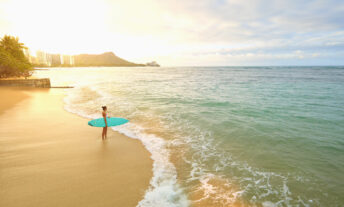
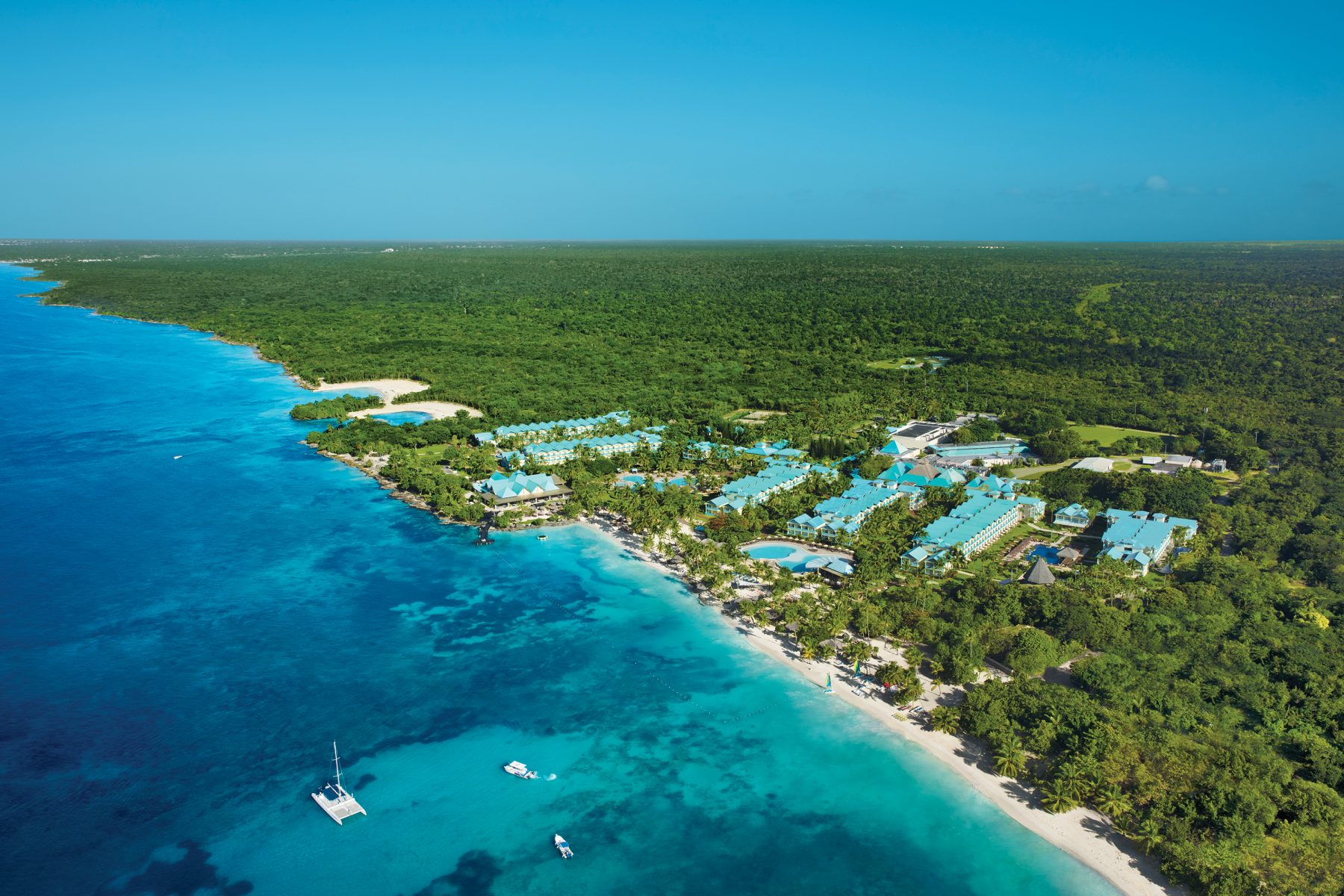
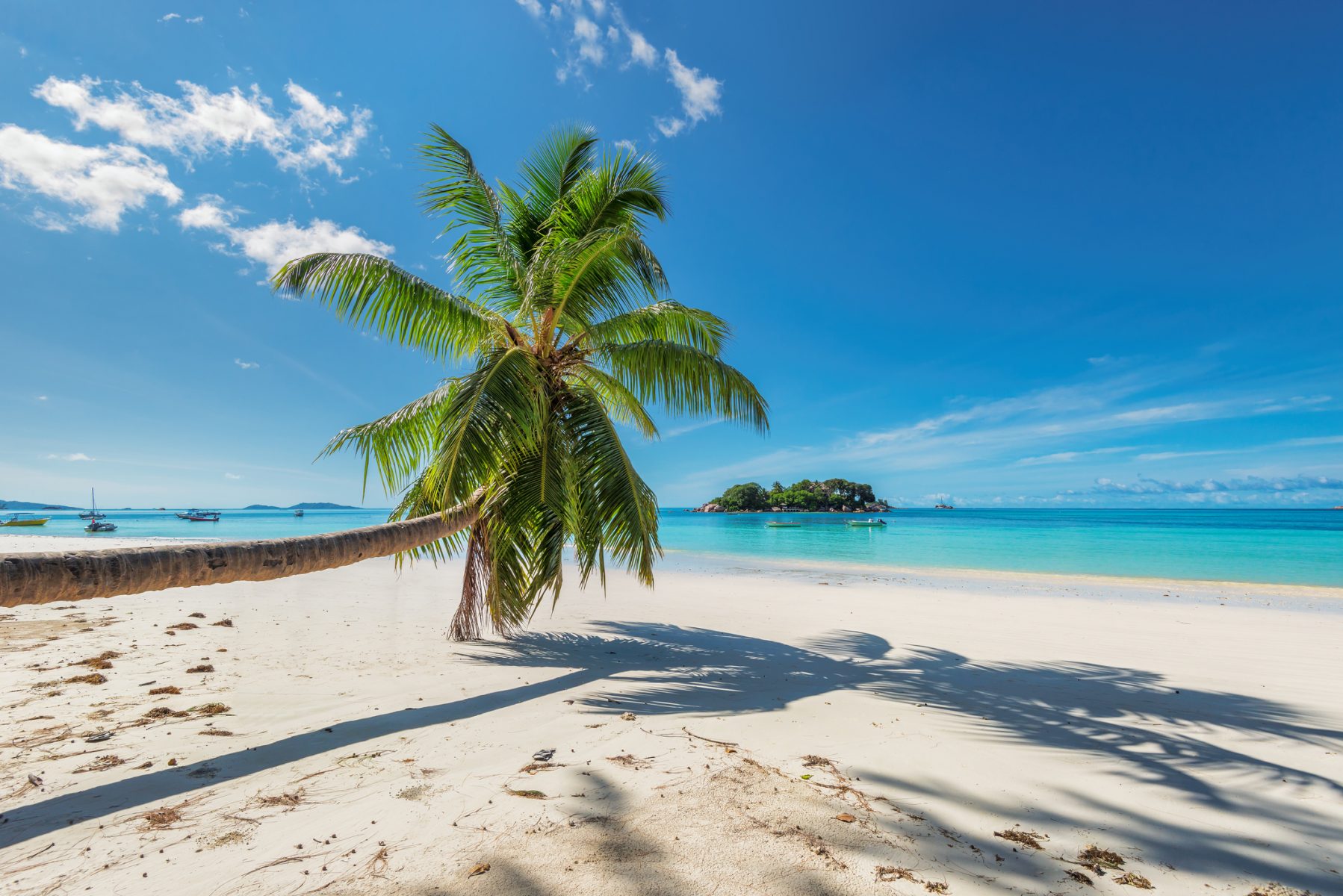


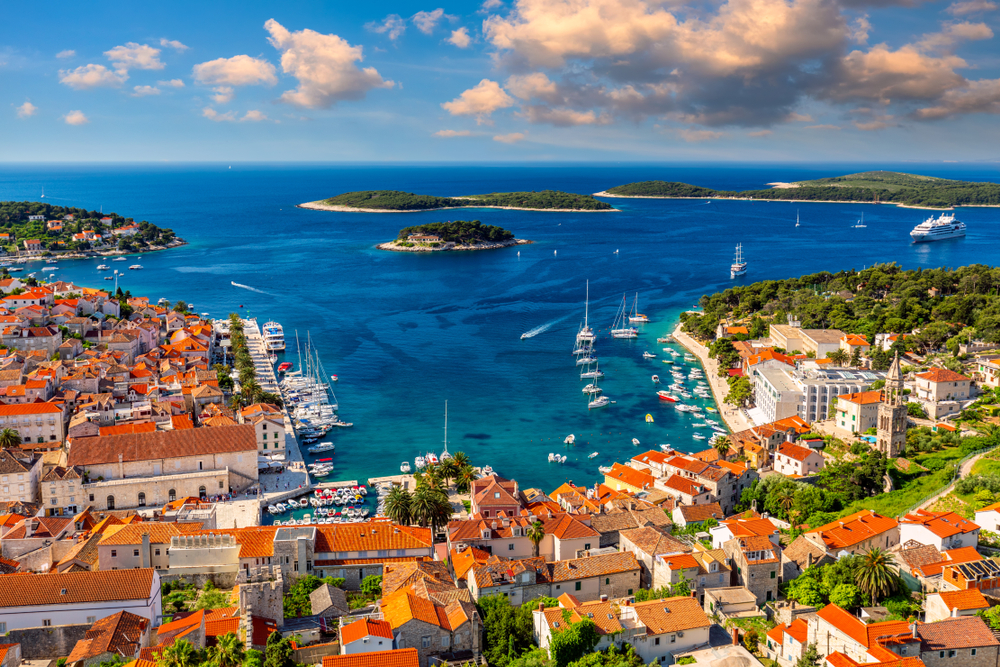
Join the Discussion!